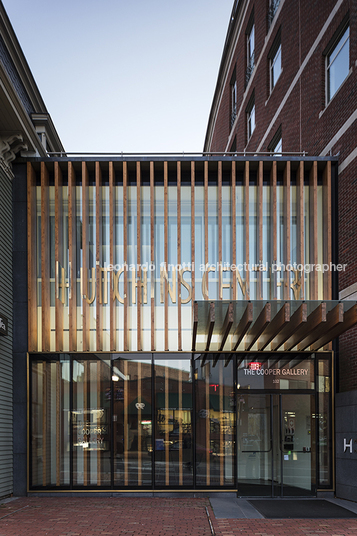adolphus opara+leonardo finotti: sacred groves & secret parks - hutchins center cambridge ma, united states
- tech chart
- Photographers Leonardo Finotti Adolphus Opara Exhibition Designer Michelle Jean de Castro Curators Gareth Doherty Moisés Lino e Silva Hosted by the Depatment of Landscape Architecture In collaboration with the Afro-Latin American Research Institute Brazil Studies Program at the David Rockefeller Center for Latin American Studies Center for African Studies Center for the Study of World Religions Frances Loeb Library Provost’s Fund for Interfaculty Collaboration Weatherhead Center for International Affairs
- description
Sacred Groves and Secret Parks
Sacred groves provide a home to the orishas—deities, or energies of nature, in Yoruba tradition—who are cultivated using combinations of botanical manipulation, animal sacrifice, music, and dance. Often occupying a luscious green expanse adjacent to urban settings, in some cases the groves are approximate in scale to football fields.
Once associated with every town in Yorubaland, the groves of West Africa are largely depleted. The Osun Sacred Grove in Osogbo depicted here—with its fantastical sculptures by Susanne Wenger and the New Sacred At Movement— is a rare exception. In contrast, orisha groves in Brazilian cities such as Salvador da Bahia are plentiful but are often protected by the necessity for secrecy that stems from practicing African traditions within a wider national racist context. They function as secret parks.
As leafy green spaces, orisha landscapes inevitably have an impact on urban ecologies and create important social, cultural, environmental, and political relationships with their surrounding communities. In contrasting the Osun Sacred Grove with the secret parks of Salvador da Bahia, this exhibition explores the synergies between the sacred and the secret.























